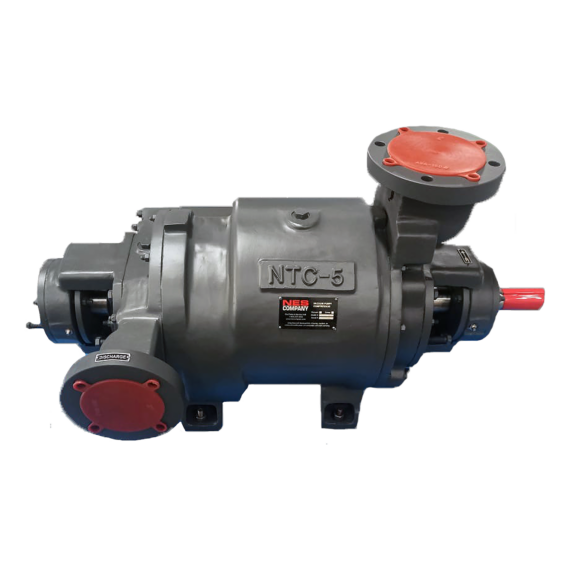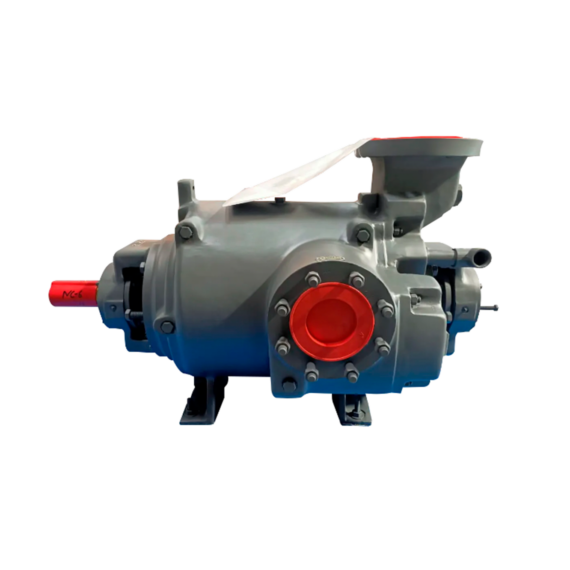
Vacuum Cooking
A technique that uses reduced pressure to precisely control temperature, moisture, and chemical reactions during food preparation.
View our Products
When vacuum cooking is mentioned, typically the technique that comes to mind is sous vide. Sous vide, meaning “under vacuum”, is a technique in which raw food is placed in a vacuum-sealed pouch and cooked in a water bath that has a carefully controlled and monitored temperature. Over time, conduction through the bag allows for very fine cooking degree. The bag, void of air, seals juices and flavors within the bag while cooking in a low-oxygen environment. Especially when meat products are cooked, like steaks, moisture content makes an especially significant difference when it is held inside of the food product. The absence of oxidizing agents, the retaining of moisture and flavor, and the elongated cooking time slowly breaking down connective tissue without the toughening of proteins: the benefits of sous vide can best be seen in the slow and careful cooking of steaks, which are cut like butter and are packed with flavor that cannot be attained in atmospheric conditions. After searing, the steak can have a crispy yet delicate outside with a soft, hearty inside.
Vacuum frying is another cooking method utilized to prevent food degradation when mass-producing ready-made fried food products. By lowering the chamber pressure far below atmosphere, the boiling point of water in food drops significantly. This allows for a quicker fry at lower temperatures, preventing overheating and burning while preserving natural colors and flavors. Frying works by lowering a food product into a vat of oil. These foods naturally have moisture content, which begins to evaporate in the hot oil. The interaction between the oil’s temperature and the water vaporizing, as well as that of the oil and the surface of the food as the oil slowly seeps in, are two considerations which are a science of their own. Everyone has experienced fries or chips soaked in oil, yet not cooked nor crispy. On the other side, still more people have experienced a fry or chip that was almost black, full of potential carcinogens and with no moisture or bite to it. This is the balance between water moisture, soaked oil content, and food product condition. Through the utilization of vacuum, temperature can be controlled to a decimal, allowing for precise cooking conditions at precise boiling points. This means that the Maillard reaction, while still not fully understood, can be controlled to a finer degree, and less oil is degraded from high temperatures, which translates to longer life and lower material costs.


